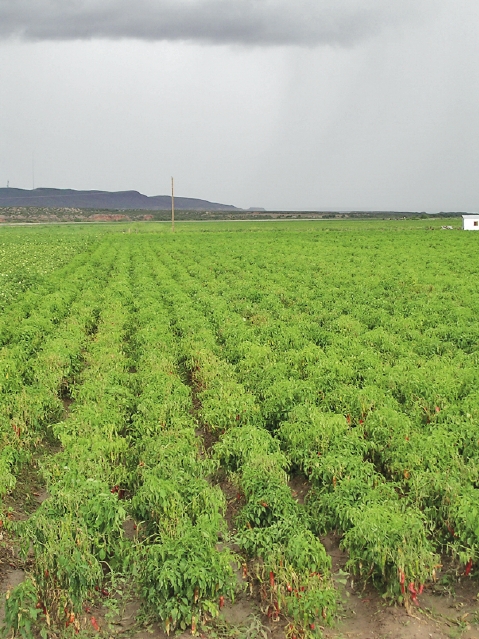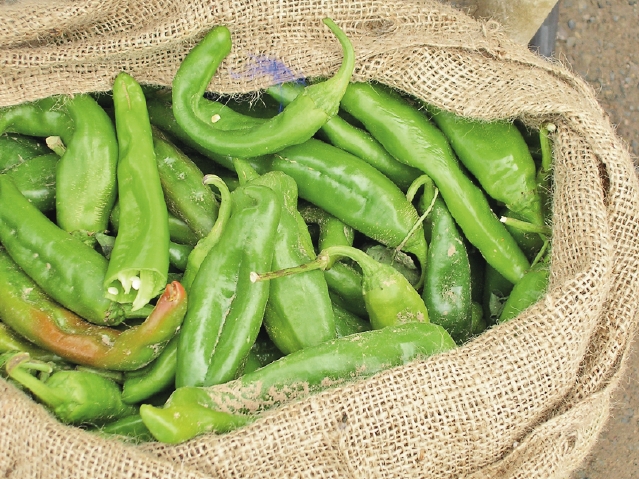Come Hell Or High Water
Hatch Chiles Are Still The King Of Peppers


Bright red ristras are all the advertising these sellers need.
Katy June-Friesen

What's a little mud? Someone still has to roast all those peppers.
Katy June-Friesen

People drive cross-country for this stuff.
Katy June-Friesen

Green gold
Katy June-Friesen








